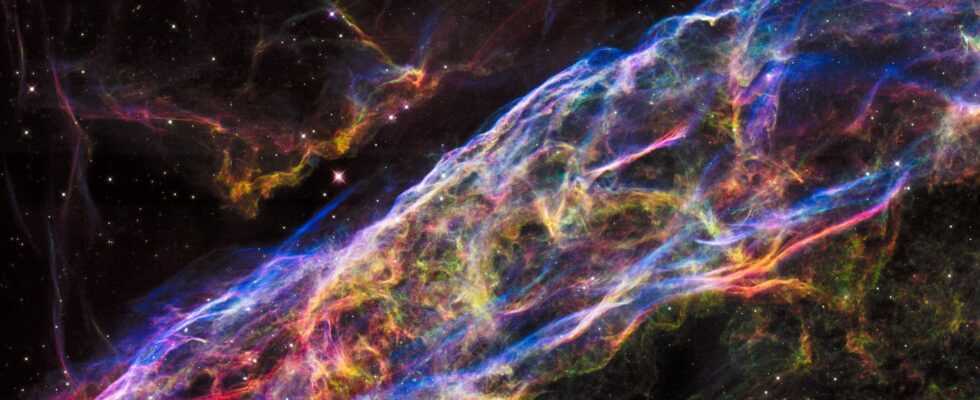Only two elements were created during the Big Bang: hydrogen and helium. All the other elements that exist today formed in stars and were then blown into space when they exploded. The following generation of stars collected the material and in turn added more and heavier elements. In the intergalactic medium, for example, the “metals”, as all elements beyond hydrogen and helium are called in astronomy, continued to accumulate.
But this process will soon come to a standstill forever, says a team led by Giulia Cinquegrana and Amanda Karakas from Monash University in Australia. “Our models of super-metal-rich stars show that they too inflate to become red giants and then transform into white dwarfs, but at this point they no longer emit any heavy elements,” says Cinquegrana. “The metals are trapped in the white dwarf remnant.”
The two astronomers and their groups have published two specialist papers on this in the “Monthly Notices of the Royal Astronomical Society” [1, 2]. Their simulations have shown that even minor changes in the elemental composition of a star that is emerging have a significant impact on its further development. The latest generation of stars can have seven times the metal content of the sun.
However, there is no reason to fear that the emerging solar systems will run out of building materials for planets and living beings in the near future. Especially since there are still countless middle-aged stars like our sun that will enrich the galactic environment with new metals for the foreseeable future. The sun is estimated to be four and a half billion years old before it, too, exhales its existence in the form of an expanding gas cloud, it will take another six to seven billion years.
